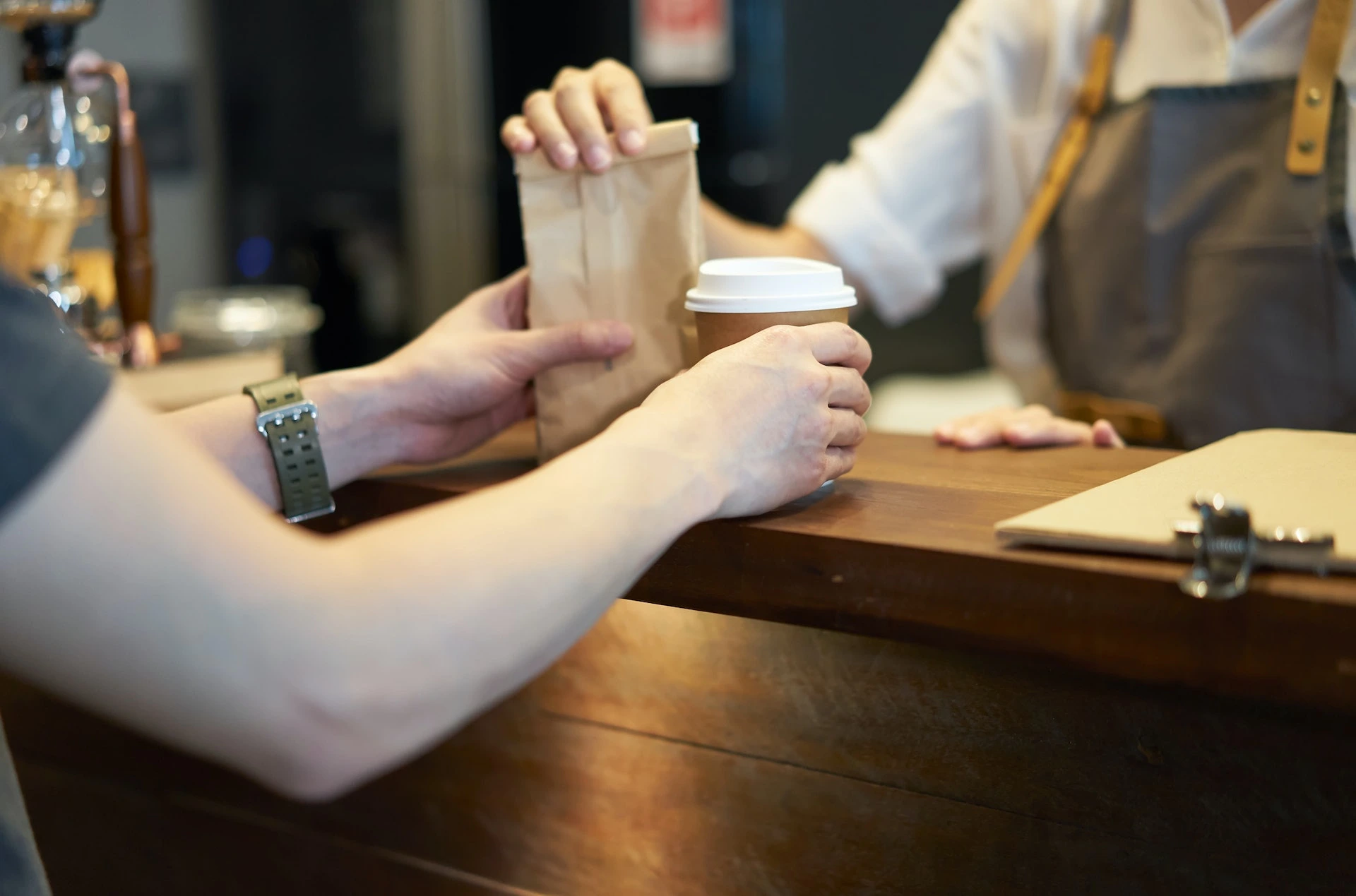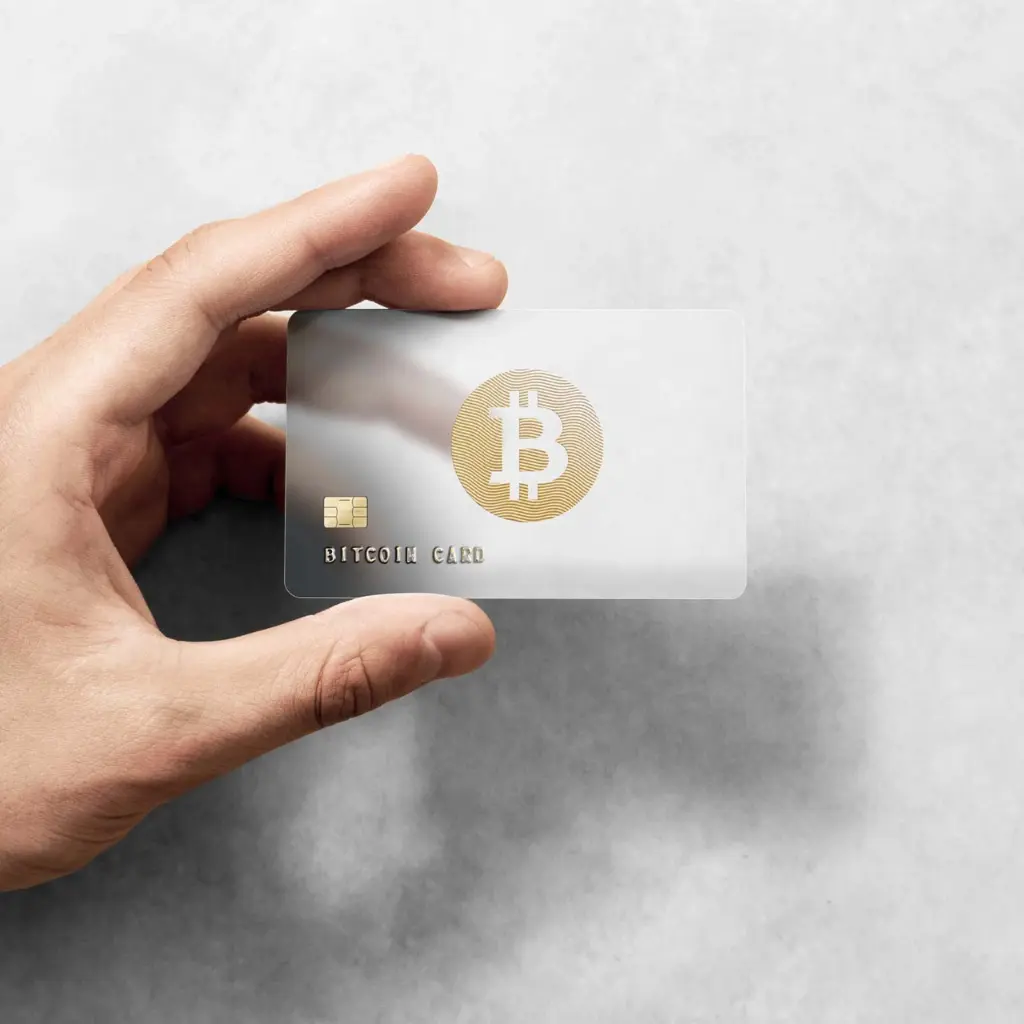A Timeline: How Crypto for Daily Use Evolved
The story of crypto for daily use starts in 2009, when Bitcoin was launched. Back then, it was a concept for digital money, not a real way to pay for goods or services. Developers and enthusiasts were still figuring out what it could even be used for.
2010: The First Real-World Purchase with Crypto

One programmer made history by buying two pizzas for 10,000 BTC. This marked the first known use of cryptocurrency for a real-world transaction—an early spark that hinted at the potential of crypto for daily use.
2013–2015: Cafes Begin Accepting Bitcoin

A few forward-thinking cafes in cities like San Francisco, Berlin, and Tokyo began to experiment with accepting Bitcoin. These early adopters made crypto for daily use a reality, though it was still largely experimental and inconvenient.
2016–2018: Mobile Wallets Enable Everyday Spending


As mobile wallets like Coinbase Wallet, MetaMask, and Trust Wallet gained traction, it became easier to carry crypto on your phone. The infrastructure slowly improved, and daily crypto payments—like grabbing a coffee or snack—became possible, if still clunky.
2019: Growing Pains for Crypto in Daily Life

The limitations of using crypto for everyday purchases became clearer. Transaction fees fluctuated, confirmation times were inconsistent, and price volatility made small purchases risky. Crypto for daily use was technically feasible but often frustrating in practice.
2020–2021: Crypto Debit Cards Simplify Everyday Transactions

Platforms like Crypto.com and Binance introduced crypto debit cards. These cards convert your digital assets to fiat at the point of sale, allowing users to spend crypto at any store that accepts Visa or Mastercard. For many, this was the first smooth experience of crypto for daily use.
2022: Merchants Adopt Crypto Payments More Widely

With help from third-party processors like BitPay and CoinGate, more small businesses and cafes started accepting crypto. These tools allowed merchants to receive fiat while customers paid in digital currencies—bridging the gap for crypto in everyday life.
2023: Crypto for Daily Use Goes Beyond Coffee

By now, crypto wasn’t just being used for coffee. Consumers began using it to:
- Tip creators on platforms like Twitch and X (formerly Twitter)
- Order food through select delivery services
- Buy digital goods such as games, music, and NFTs
- Book travel with services like Travala and CheapAir
- Pay certain bills in regions that allow crypto-based utilities
Crypto for daily use had clearly expanded from novelty to real-world practicality.
2024–2025: Coffee Becomes a Symbol of Crypto Adoption

Buying coffee with Bitcoin became symbolic—proof that crypto could work in everyday transactions. It’s still far from mainstream, but early adopters see it as a way to normalize digital currency in casual, low-stakes scenarios. The infrastructure has improved, but fees, volatility, and speed still present occasional hurdles.
What You Need to Try Crypto for Daily Use

If you’re curious about joining the trend, here’s what you’ll need:
- A crypto wallet app like MetaMask, Trust Wallet, or Coinbase Wallet
- Spendable digital currency such as Bitcoin, Ethereum, or a stablecoin
- Access to crypto-friendly merchants (search “accepts Bitcoin near me”)
- A crypto debit card for smoother payments, if preferred
- A little patience and a sense of adventure
Final Thoughts: Is Crypto for Daily Use the Future?

Crypto for daily use has moved from dream to reality, though it’s still in a transition phase. If you’re excited about technology and open to experimentation, using crypto to buy coffee or groceries can be a fun experience. If you value speed and convenience above all, you might want to wait a little longer.
Still, every time someone pays for a latte with Bitcoin, the idea of digital currency in daily life becomes a little more real. The future of payments may just be sitting in your mobile wallet.
Relevent news: Here





